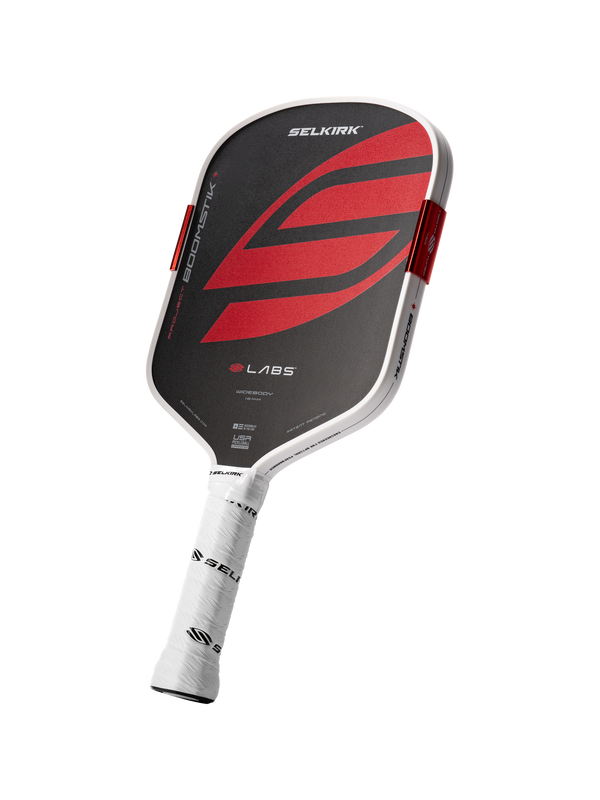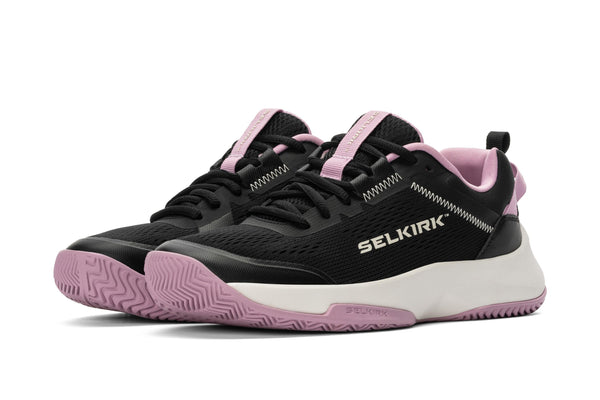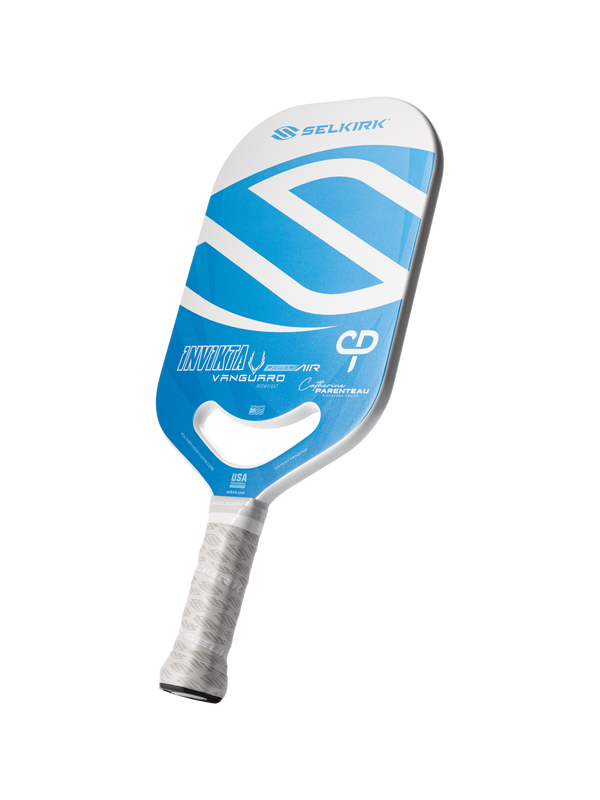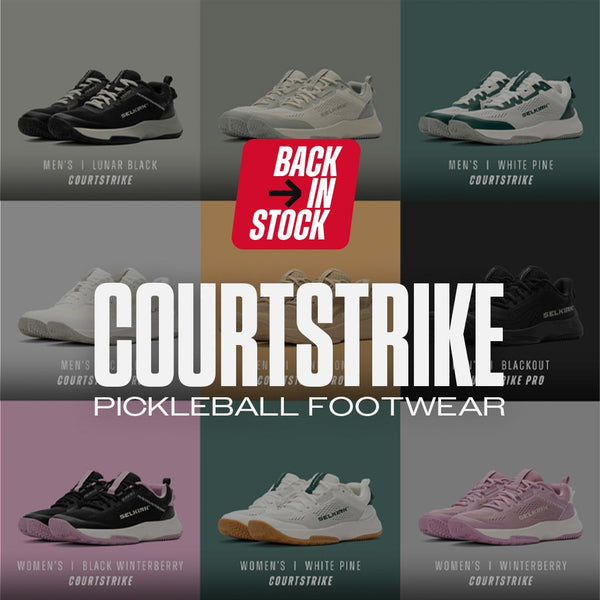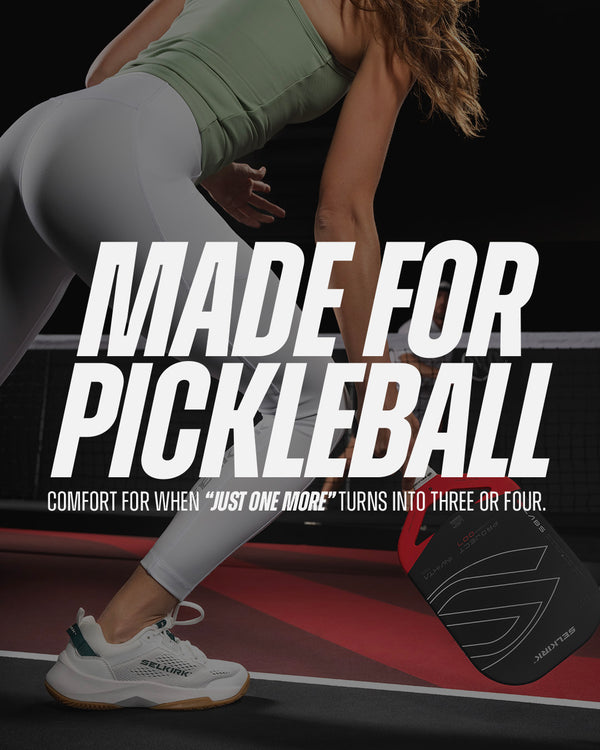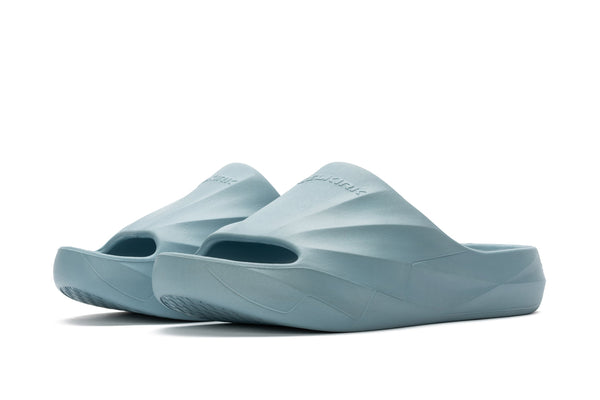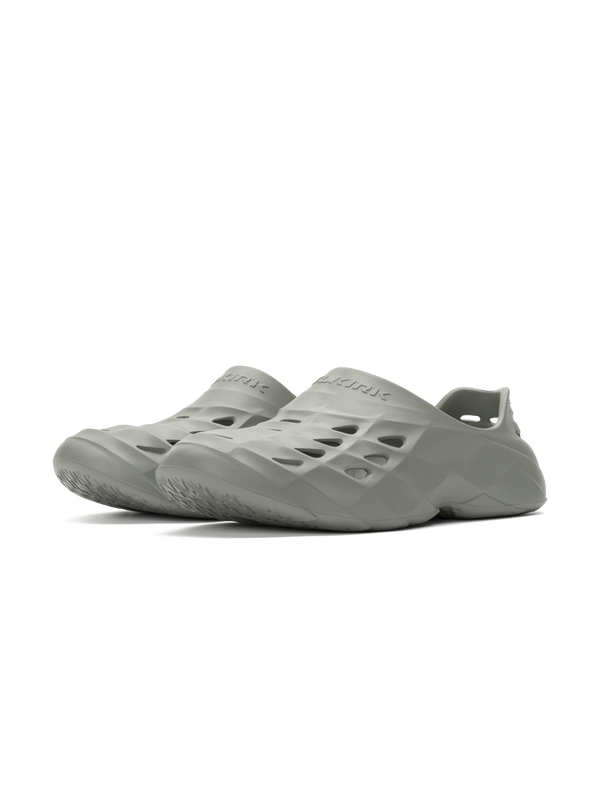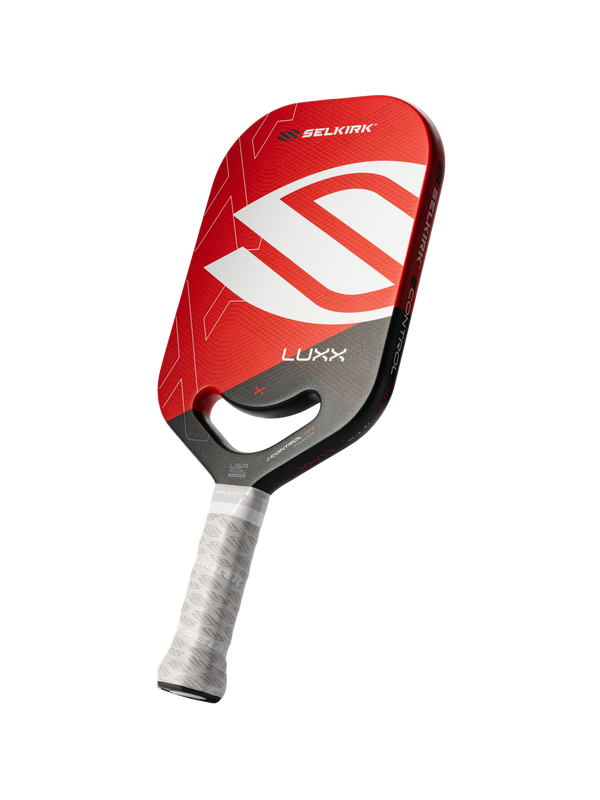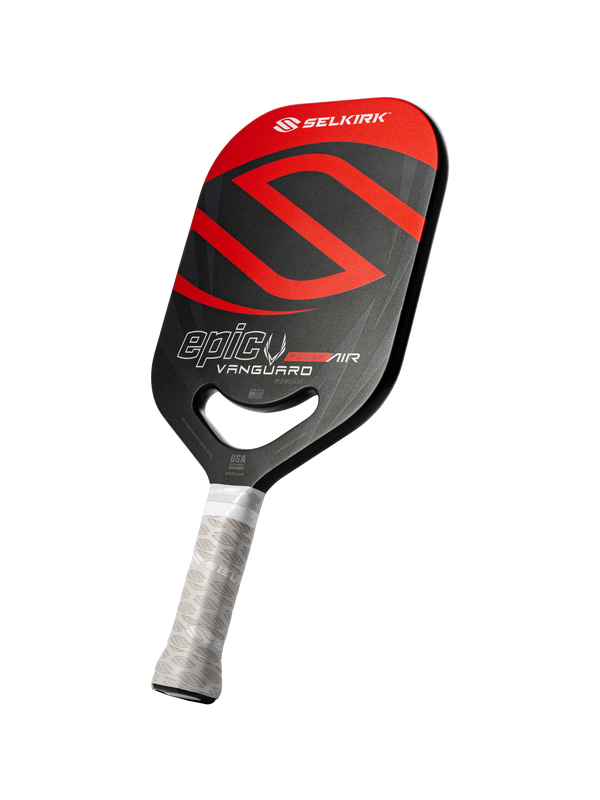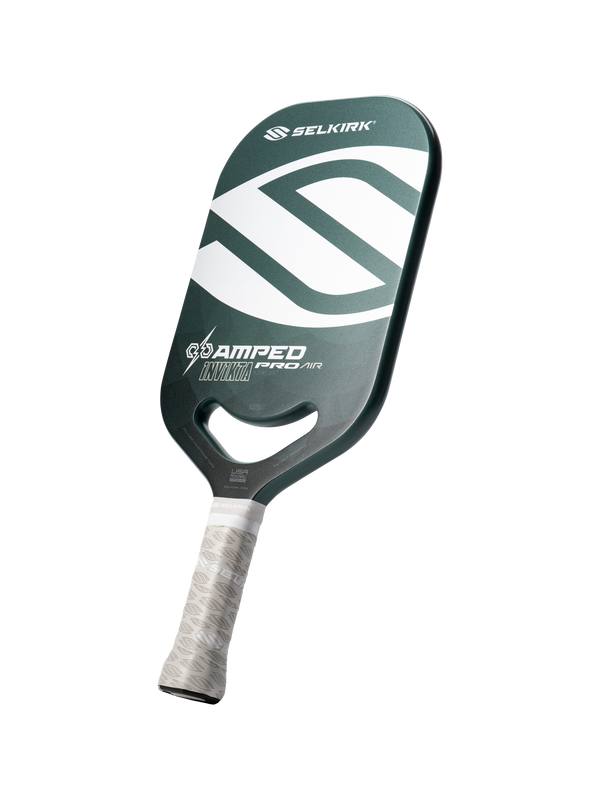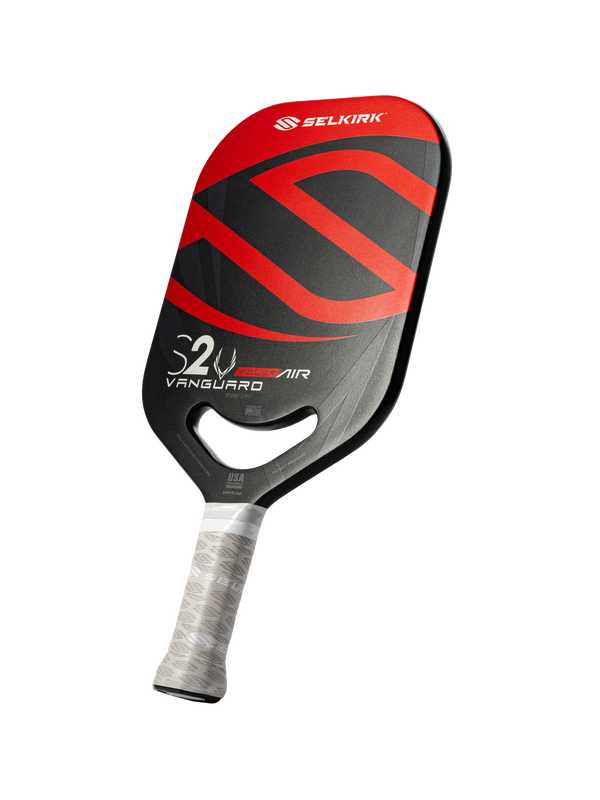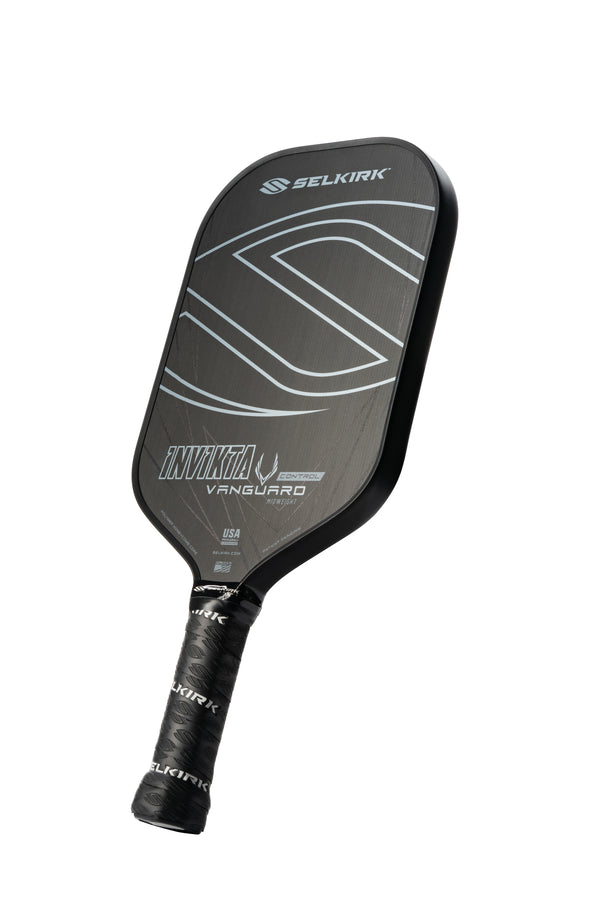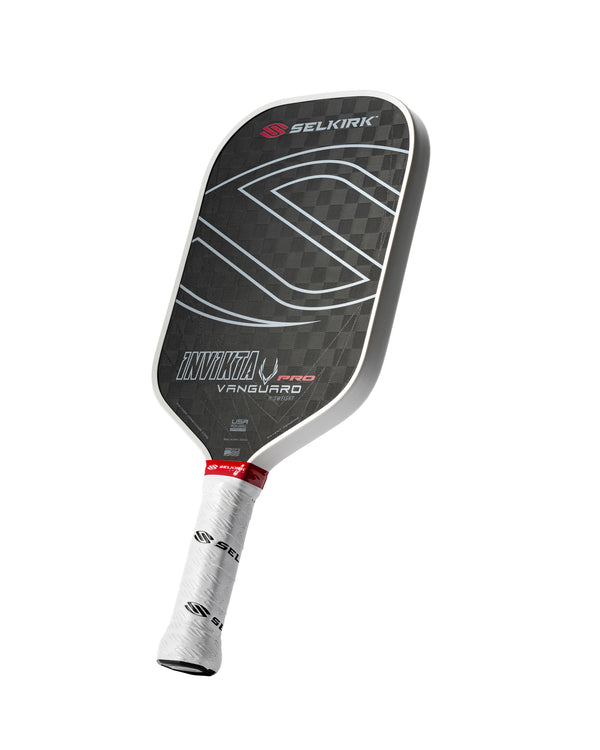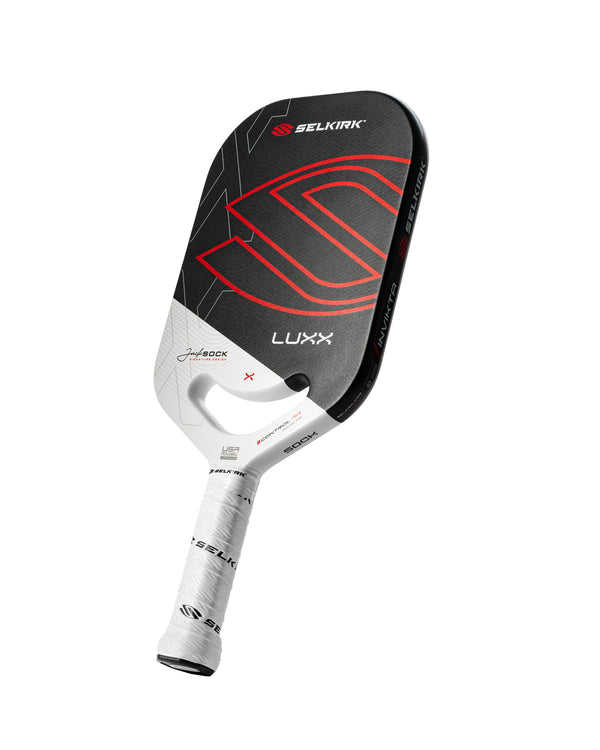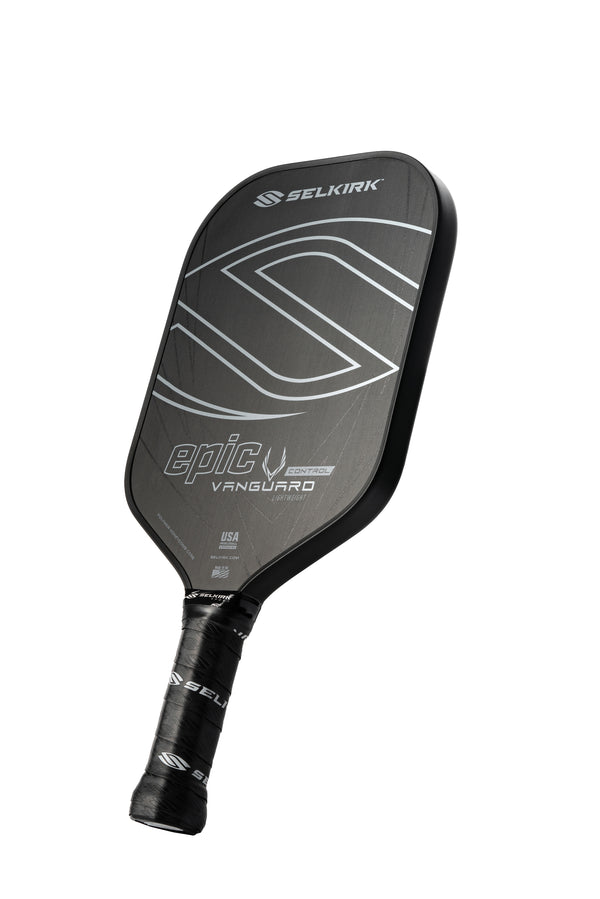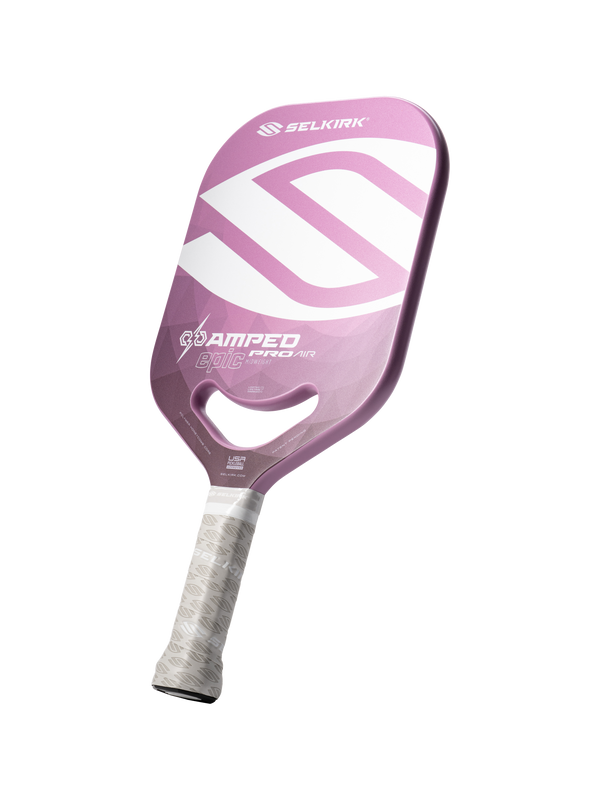If you’ve been playing pickleball for long enough, you’ve probably heard terms like “core crushing” or “dead paddle,” but it can be difficult to understand what they mean.
Core crushing can affect the lifespan of your paddle, and more importantly, its playability.
What is core crushing?
Core crushing refers to the collapse or breakdown of the core inside a pickleball paddle. This means your paddle no longer maintains rigidity and compresses down too far when you hit a ball.
Core crushing is an internal failure that can happen in two ways: poor-quality manufacturing or gradual degradation over time.
In the manufacturing process, paddles are often made using high heat and pressure to mold the outer surface to the core. If manufacturers use low-grade foam or improper bonding methods, the core can collapse prematurely under pressure. This is what’s known as manufacturing-induced core crushing.
However, even paddles that pass quality control can eventually suffer from core crushing due to repeated high-impact play.
Over time, the structural integrity of a pickleball paddle core naturally weakens, leading to dead spots on the paddle face and diminished performance. But due to rigorous durability testing, some paddles last much longer than others.
How do you know if your paddle’s core is crushed?
Unlike delamination, which often causes a loud "pop" or trampoline effect when a ball a struck, core crushing is a bit more subtle. There’s no official machine or meter to “measure” core crushing. Instead, players rely on a few tried-and-true field tests to diagnose the issue.
One of the most common methods is the tap test. By gently tapping your knuckle or a pen across the paddle face, you can listen for tonal inconsistencies. A normal paddle will produce a firm, consistent sound across the surface. If you detect a dull, hollow, or muted tone — especially near the sweet spot or edges — that’s a clear sign of internal core collapse.
Another reliable test is the bounce test. Drop a pickleball onto various points of your paddle face. If the ball bounces differently across certain spots or seems to "die" without the expected rebound, those are likely dead zones where the core has failed. You might also notice that your shots feel flat or that you have to swing harder to achieve the same power as before.
Finally, the crunch test can be a good measure. Press down firmly on the middle of your paddle. If you hear a crunch or it gives in slightly, it's probably time to replace your paddle.
What happens when a paddle’s core crushes?
When a paddle experiences core crushing, the immediate effect is a loss of power and consistency. You'll notice that your drives lack their usual pop, volleys feel dull, and shots become harder to control.
Although core crushing doesn’t pose as big a safety hazard as delamination (which can create dangerous trampoline effects), it does affect the playability of your paddle.
The paddle face becomes inconsistent, which can lead to mishits, reduced control, and increased frustration. Overcompensating for a dead paddle can also subtly change your mechanics, potentially leading to overuse injuries in the long run.
Signs it’s time to replace your pickleball paddle
If you're experiencing dead spots, dull sound feedback, or decreased power, your paddle might be suffering from core crushing. Regularly performing tap and bounce tests can help catch these issues early.
Visual cues, such as shiny wear patches, discoloration, or cracks along the edges, can also indicate a weakening structure.
Competitive players who put heavy mileage on their paddles often replace them every 3-6 months, while recreational players can typically use a paddle for a year or longer, depending on how well they care for their gear.
To extend the life of your paddle, avoid exposing it to extreme temperatures or moisture. Leaving a paddle in a hot car or playing on wet courts can weaken the adhesives and materials.
Which paddle materials resist core crushing?
Traditional polypropylene honeycomb cores are cost-effective and lightweight, but they’re the most prone to core crushing over time.
Newer paddles often use foam-filled cores, which significantly reduce the risk of core crushing. Some hybrid paddles use partial foam inserts to support a honeycomb core, but are still susceptible to crushing at high-stress impact points.


